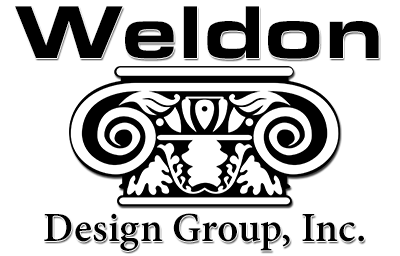 When you talk about Green Building, many manufacturers, builders, architects, engineers & designers have many different ideas as to what that really means. Going green can mean anything from recycling your soda cans to reducing your carbon foot print on the world's dwindling resources. What we truly need is sustainable construction practices that will reduce the amount of outside resources needed to build and operate your living environment.
When you talk about Green Building, many manufacturers, builders, architects, engineers & designers have many different ideas as to what that really means. Going green can mean anything from recycling your soda cans to reducing your carbon foot print on the world's dwindling resources. What we truly need is sustainable construction practices that will reduce the amount of outside resources needed to build and operate your living environment.
The U.S. Green Building Council  (USGBC) has developed a standardized way of evaluating & certifying your new home to see how really green it is. This program is called LEED-H (Leadership in Energy & Environmental Design for Homes). It was developed to encourage the construction of energy and resource efficient buildings that are healthy to live in.
(USGBC) has developed a standardized way of evaluating & certifying your new home to see how really green it is. This program is called LEED-H (Leadership in Energy & Environmental Design for Homes). It was developed to encourage the construction of energy and resource efficient buildings that are healthy to live in.
LEED-H now grades on a 136-Point Scale. Points are offered in eight categories for adopting specific building practices and for using certain materials or products. All homes in the program must adopt 18 mandatory measures. In addition, 16 points must be achieved to meet minimum requirements in four of the categories. Architects, Designers or Builders are free to choose how they want to acquire additional points depending on variables such as site, climate, house design and budget. Below is a breakdown of the LEED Categories, the number of points available in each category and the goals of each category.
measures. In addition, 16 points must be achieved to meet minimum requirements in four of the categories. Architects, Designers or Builders are free to choose how they want to acquire additional points depending on variables such as site, climate, house design and budget. Below is a breakdown of the LEED Categories, the number of points available in each category and the goals of each category.
|
Categories |
||||||||||||||||||||||||||||||||||||||||||
LEED rating of certified, silver, gold or platinum based on the number of points a house accumulates in the 136-point system. The point total for each grade listed here is for an average size house. The point threshold in each rating category is lowered for smaller-than-average houses and raised for larger-than-average houses.
|
||||||||||||||||||||||||||||||||||||||||||
|
|




















